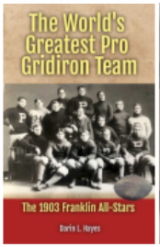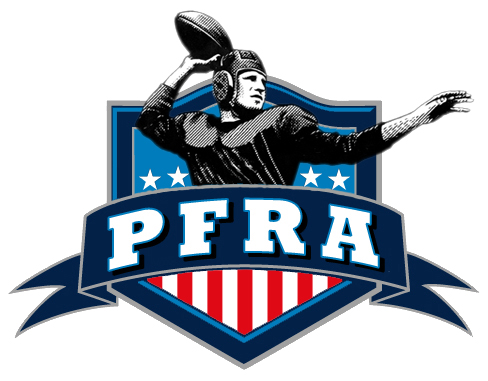The Genesis of Fair Catch Protection
"The Genesis of Fair Catch Protection: A Rule Forged in 1894"
On May 8, 1894, a significant day for the burgeoning sport of American football, a pivotal rules convention convened at the esteemed New York City Athletic Club. Among the deliberations that day, a rudimentary yet crucial regulation concerning fair catch interference on kick plays was formally instituted. This marked an early step towards ensuring safety and order within the often-chaotic special teams aspect of the game.
Now this rule spawned from the 1876 Intercollegiate Football Association Rules which were written to say in Rule 28:
"A fair catch is a catch made direct from a kick or a throw forward, or a knock on by one of the opposite side, or from a punt-out or punt-on provided the catcher makes a mark with his heel at the spot where he made the catch and no other of his side touch the ball."
For more on this check out the great Football Archaeology Tidbit titled: IFA Rule #28 Fair Catch
A key component of this nascent rule focused on the actions required of the player intending to make a fair catch. Upon signaling their intention by waving one hand clearly above their head, this individual, upon successfully catching the kicked ball or punt without it being touched by the kicking team, was then obligated to physically denote the precise "spot" of the fair catch. This demarcation was to be achieved by a rather specific method: indenting the turf with the back of their heel at the exact location of the catch.
This seemingly simple act of marking the spot with the heel served a vital purpose. It established a clearly defined zone of protection for the receiver. Once the mark was made, opposing players were prohibited from contacting the receiver. This early rule, though perhaps less comprehensive than today's regulations, represented a foundational effort to protect players fielding kicks and to introduce a sense of fairness and controlled play into what could otherwise be a highly physical and unpredictable game phase. It underscored the evolving nature of football rules as the sport sought to balance athleticism and safety.
- EVENTDAY: May 08
- FOOTBALL: Rules Evolution
- OTHER: Fair Catch
- CATEGORY: Football History
- HASHTAGS: #May08 #RulesEvolution #FairCatch





